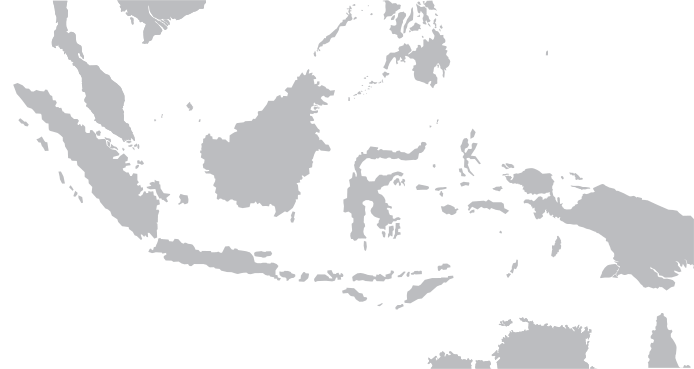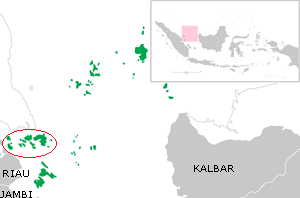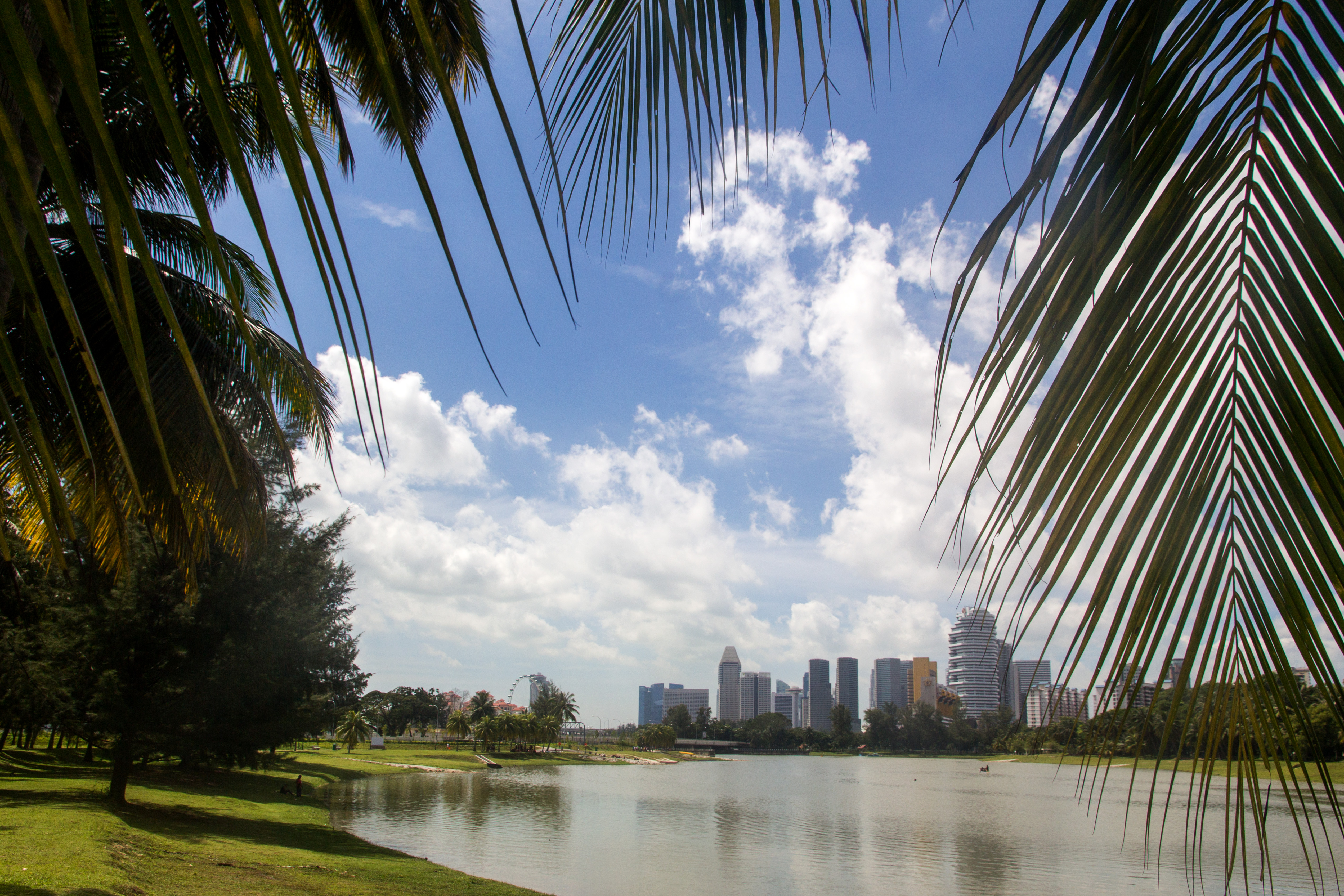|
Kampong Bugis
Kampong Bugis ( ms, Kampung Bugis, , ta, கம்போங் பூகிஸ்) is a subzone within the planning area of Kallang, Singapore, as defined by the Urban Redevelopment Authority (URA). This subzone is bounded by Kallang Road and Sims Avenue in the north; the Kallang–Paya Lebar Expressway (KPE) and Sims Way in the east; Nicoll Highway in the south; and Crawford Street in the west. Kampong Bugis is probably best known for being the location of the former Kallang Gasworks, the conserved Kallang Airport complex, as well as the former Gay World Amusement Park. A plot of land bounded by Kallang Road, the Kallang River and Rochor River is slated for future residential development, part of a pilot programme to create a car-lite riverside community. Other notable places in Kampong Bugis include Kallang Riverside Park, Merdeka Bridge and Lorong 1 Geylang Bus Terminal. Etymology This subzone took its name from a similarly named road located within its boundary. The road i ... [...More Info...] [...Related Items...] OR: [Wikipedia] [Google] [Baidu] |
Kallang
Kallang is a planning area and residential town located in the Central Region of Singapore. Development of the town is centered around the Kallang River, the longest river in Singapore. Kallang Planning Area is bounded by Toa Payoh in the north, Geylang in the east, Marine Parade in the southeast, Marina East in the south, the Downtown Core in the southwest, Rochor, Newton in the west, and Novena in the northwest. Throughout its history, Kallang was home to several national landmarks, some of which were built along the banks of the Kallang Basin, including the old National Stadium as well as the country's first purpose-built civil airport, the Kallang Airport. The famous Kallang Roar and Kallang Wave have roots traced to the former National Stadium, which hosted 18 National Day Parades, as well as numerous notable cultural and sporting events. As such, Kallang played a pivotal role in Singapore's aviation and sporting histories. Today, Kallang is best known as the ... [...More Info...] [...Related Items...] OR: [Wikipedia] [Google] [Baidu] |
Nicoll Highway
Nicoll Highway (; ms, Lebuhraya Nicoll; ta, நிகோல் நெடுஞ்சாலை) is a major arterial road in Singapore which links the junctions of Guillemard Road, Sims Way and Mountbatten Road in Kallang to the junctions of Esplanade Drive, Raffles Avenue and Stamford Road in the city. En route, it passes through the areas of Kallang, Kampong Glam and Marina Centre. Despite what its name may suggest, the speed limit on the highway is less than that of an expressway. The highway also has traffic light junctions at some of its intersections with roads such as Bras Basah Road and Esplanade Drive, which are not found in expressways. History Etymology The road was named after Sir John Fearns Nicoll, governor of the Colony of Singapore in the early 1950s, who played a major role in ensuring its construction. Construction Plans for the road were first floated up by the Singapore Improvement Trust in the late 1940s to relieve the heavy rush-hour traffic along Kal ... [...More Info...] [...Related Items...] OR: [Wikipedia] [Google] [Baidu] |
Places In Singapore
This is a list of places in Singapore based on the planning areas and their constituent subzones as designated by the Urban Redevelopment Authority The Urban Redevelopment Authority (URA) is the national urban planning authority of Singapore, and a statutory board under the Ministry of National Development of the Government of Singapore. Mission The authority was established on 1 Apri ... (URA). Both the planning areas and subzones are listed according to alphabetical order. Central Region The Central Region of Singapore is made up of 22 planning areas, of which 10 forms the Central Area. Planning areas that are part of the Central Area are ''italicised''. East Region The East Region of Singapore consists of 6 planning areas. Tampines serves as the regional centre of the East Region. North Region The North Region of Singapore is made up of 8 planning areas. Its regional centre is located at Woodlands. North-East Region The North-East Region of Singapor ... [...More Info...] [...Related Items...] OR: [Wikipedia] [Google] [Baidu] |
Raffles Hotel
Raffles Hotel is a British colonial-style luxury hotel in Singapore. It was established by Armenian hoteliers, the Sarkies Brothers, in 1887. The hotel was named after British statesman Sir Thomas Stamford Raffles, the founder of modern Singapore. It is the flagship property of Raffles Hotels & Resorts, and is managed by AccorHotels after Accor acquired FRHI Hotels & Resorts. The hotel is owned by Qatar-based, government-owned Katara Hospitality. History Raffles Hotel Singapore started as a privately owned beach house built in the early 1830s. It first became Emerson's Hotel when Dr. Charles Emerson leased the building in 1878. Upon his death in 1883, the hotel closed, and the Raffles Institution stepped in to use the building as a boarding house until Dr. Emerson's lease expired in September 1887. Almost immediately after the first lease expired, the Sarkies Brothers leased the property from Syed Mohamed Alsagoff, its owner, with the intention of turning it into a high-en ... [...More Info...] [...Related Items...] OR: [Wikipedia] [Google] [Baidu] |
Dutch East Indies
The Dutch East Indies, also known as the Netherlands East Indies ( nl, Nederlands(ch)-Indië; ), was a Dutch colony consisting of what is now Indonesia. It was formed from the nationalised trading posts of the Dutch East India Company, which came under the administration of the Dutch government in 1800. During the 19th century, the Dutch possessions and hegemony expanded, reaching the greatest territorial extent in the early 20th century. The Dutch East Indies was one of the most valuable colonies under European rule, and contributed to Dutch global prominence in spice and cash crop trade in the 19th to early 20th centuries. The colonial social order was based on rigid racial and social structures with a Dutch elite living separate from but linked to their native subjects. The term ''Indonesia'' came into use for the geographical location after 1880. In the early 20th century, local intellectuals began developing the concept of Indonesia as a nation state, and set the ... [...More Info...] [...Related Items...] OR: [Wikipedia] [Google] [Baidu] |
Riau Archipelago
The Riau Archipelago is a ''geographic'' term (as opposed to administrative region) for the core group of islands within the Riau Islands Province in Indonesia, and located south of Singapore and east of Riau on Sumatra. Before the province of Riau Islands was formed, there was no ambiguity in term; however, in Indonesian language, both the archipelago and administrative province are referred to as simply "Kepulauan Riau". The province may have the word "Provinsi" preceding it for clarity. Additionally the term BBK for ''Batam Bintan Karimun'' may refer to the archipelago. History The name of this archipelago predates the creation of the Indonesian province, and historically did not include the Lingga Islands or Natuna Islands, which now belong to that province. On the other hand, Singapore was considered a part of the islands, at least in the Islamic eras. Srivijaya and Jambi From 650 CE–1377 CE are accepted dates for the Srivijaya empire, the area seems to be well within ... [...More Info...] [...Related Items...] OR: [Wikipedia] [Google] [Baidu] |
Indonesia
Indonesia, officially the Republic of Indonesia, is a country in Southeast Asia and Oceania between the Indian and Pacific oceans. It consists of over 17,000 islands, including Sumatra, Java, Sulawesi, and parts of Borneo and New Guinea. Indonesia is the world's largest archipelagic state and the 14th-largest country by area, at . With over 275 million people, Indonesia is the world's fourth-most populous country and the most populous Muslim-majority country. Java, the world's most populous island, is home to more than half of the country's population. Indonesia is a presidential republic with an elected legislature. It has 38 provinces, of which nine have special status. The country's capital, Jakarta, is the world's second-most populous urban area. Indonesia shares land borders with Papua New Guinea, East Timor, and the East Malaysia, eastern part of Malaysia, as well as maritime borders with Singapore, Vietnam, Thailand, the Philippines, Australia, Palau, an ... [...More Info...] [...Related Items...] OR: [Wikipedia] [Google] [Baidu] |
Sulawesi
Sulawesi (), also known as Celebes (), is an island in Indonesia. One of the four Greater Sunda Islands, and the world's eleventh-largest island, it is situated east of Borneo, west of the Maluku Islands, and south of Mindanao and the Sulu Archipelago. Within Indonesia, only Sumatra, Borneo, and Papua are larger in territory, and only Java and Sumatra have larger populations. The landmass of Sulawesi includes four peninsulas: the northern Minahasa Peninsula, the East Peninsula, the South Peninsula, and the Southeast Peninsula. Three gulfs separate these peninsulas: the Gulf of Tomini between the northern Minahasa and East peninsulas, the Tolo Gulf between the East and Southeast peninsulas, and the Bone Gulf between the South and Southeast peninsulas. The Strait of Makassar runs along the western side of the island and separates the island from Borneo. Etymology The name ''Sulawesi'' possibly comes from the words ''sula'' ("island") and ''besi'' ("iron") and may ref ... [...More Info...] [...Related Items...] OR: [Wikipedia] [Google] [Baidu] |
Bugis
The Bugis people (pronounced ), also known as Buginese, are an ethnicity—the most numerous of the three major linguistic and ethnic groups of South Sulawesi (the others being Makassar and Toraja), in the south-western province of Sulawesi, third-largest island of Indonesia. The Bugis in 1605 converted to Islam from Animism. The main religion embraced by the Bugis is Islam, with a small minority adhering to Christianity or a pre-Islamic indigenous belief called ''Tolotang''. Despite the population numbering only around six million, the Bugis are influential in the politics in modern Indonesia, and historically influential on the Malay peninsula, Sumatra, Borneo, Lesser Sunda Islands and other parts of the archipelago where they have migrated, starting in the late seventeenth century. The third president of Indonesia, B. J. Habibie, and a former vice president of Indonesia, Jusuf Kalla, are Bugis. In Malaysia, the former prime minister Muhyiddin Yassin has Bugis ancest ... [...More Info...] [...Related Items...] OR: [Wikipedia] [Google] [Baidu] |
Merdeka Bridge, Singapore
The Merdeka Bridge (Chinese: 独立桥, Malay: Jambatan Merdeka) is a vehicular and pedestrian bridge located in Kallang in the south-eastern part of Singapore. It spans the river mouths of the Kallang River and Rochor River, which empty into the Kallang Basin. Designed by R. J. Hollis-Bee of the then Public Works Department (now CPG Corporation), the bridge was officially opened on 17 August 1956. The Merdeka Bridge carries Nicoll Highway, a semi-expressway connecting Kallang with the Singapore downtown. Etymology The bridge was named Merdeka Bridge by Minister for Communications and Works Francis Thomas as Merdeka means "independence" in Malay and to represent the confidence and aspiration of the people of Singapore. It also represent Singapore's freedom and independence after partial self-government was given from the British in 1955. History Merdeka Bridge provides a main link between the east coast and the city via the Nicoll Highway. Merdeka Lions The bridge's only ... [...More Info...] [...Related Items...] OR: [Wikipedia] [Google] [Baidu] |
Kallang Riverside Park
Kallang Riverside Park () is a riverine park in Kallang, Singapore. It sits on the confluence of the Kallang River and Rochor River, north of the Kallang Basin. Elaboration The 7-hectare park is a popular water sports site in Singapore. A stretch of beach within the park is popular location for picnics. Facilities for exercising include fitness equipment and jogging-cum-cycling tracks. The park is a 5-minute walk from Lavender MRT station, a 10-minute walk from Kallang MRT station, and a 15-minute walk from either Stadium MRT station or Nicoll Highway MRT station. Bus stops along Kallang Road and Crawford Street are within walking distances to the park. A public car park is situated at the end of Kampong Bugis. The eastern section of the Kallang Riverside Park (on the eastern bank of the Kallang River) is not directly connected to other parts of the park; park users can access other parts via the pedestrian path on Sir Arthur's Bridge along Geylang Road. The central se ... [...More Info...] [...Related Items...] OR: [Wikipedia] [Google] [Baidu] |
Gay World Amusement Park
Gay World (), formerly known as Happy World () was one of the famous trio of "World" amusement parks in Kallang, Singapore.Martin, Mayo"From Gay World to Pop Yeh Yeh: When Geylang rocked the '60s"Channel NewsAsia. 17 July 2016. Retrieved 30 January 2017. It was formerly located between Geylang Road and Grove Road (now Mountbatten Road). Together with the other two "Worlds", Great World Amusement Park (1930s–1978) at Kim Seng Road and New World Amusement Park (1923–1987) at Jalan Besar, Gay World Park was hustling and bustling with nightlife during the 1930s to 1960s."Gay World (Happy World)" Infopedia. 27 January 2011. Retrieved 30 January 2017. These amusement parks were especially popular among Singaporeans, as it was the locals' only form of entertainment, before television or shopping ma ... [...More Info...] [...Related Items...] OR: [Wikipedia] [Google] [Baidu] |






